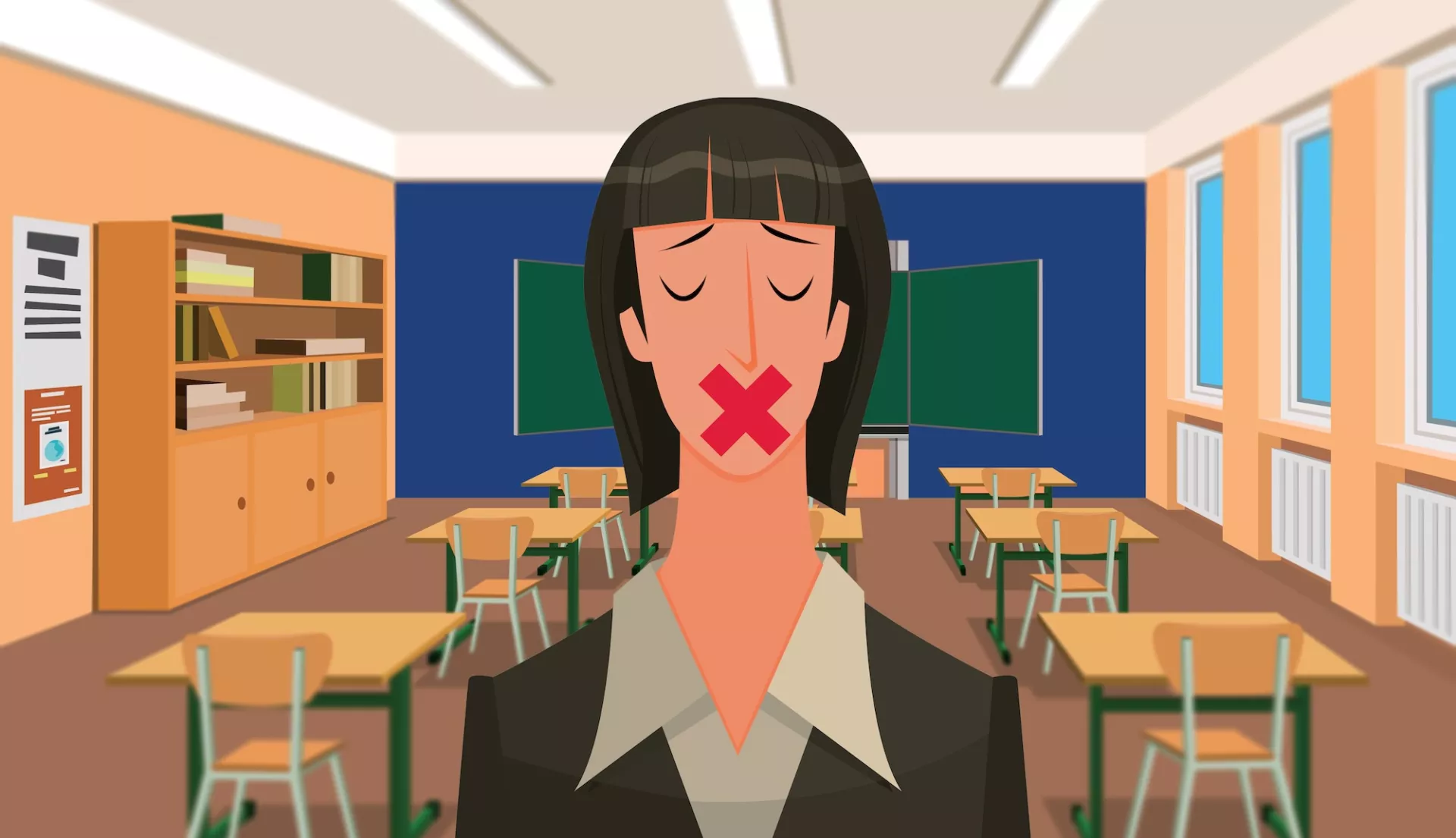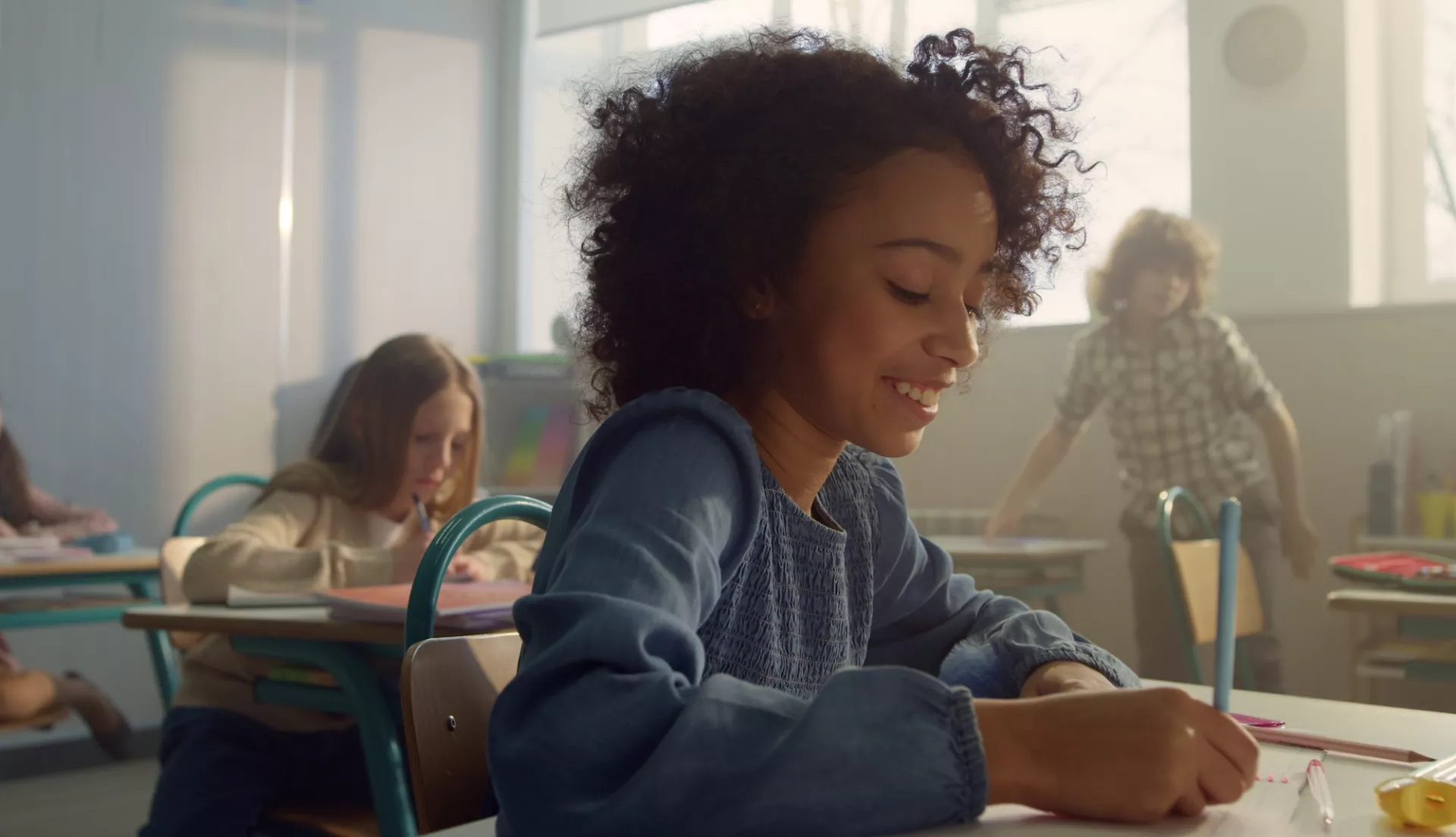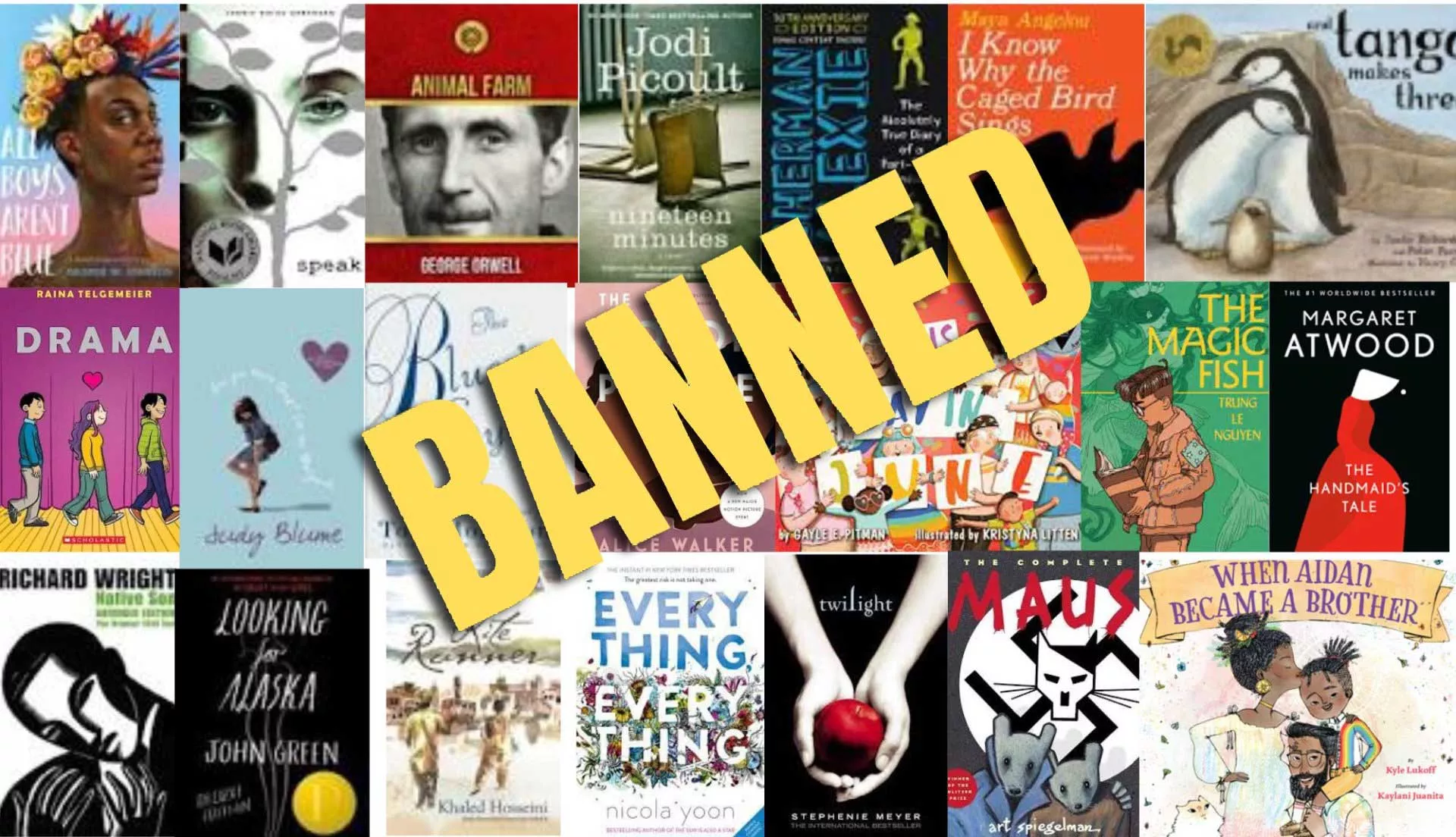Over the past few years, many K-12 public school teachers across the country have been subjected to state laws and restrictions on teaching social and political topics. Even many teachers who work in states with no formal restrictions feel compelled to self-censor in their classroom.
How have state restrictions — and the current political climate —affected what topics teachers address in the classroom? Which topics are they choosing to stay away from? And what influences their decisions? A new survey by the RAND Corporation provides some answers.
Since 2021, 20 states have passed laws to keep “controversial” topics, such as race-related and LGBTQ+ issues, out of K-12 classrooms—muzzling the very educators meant to be teaching future generations how to be free thinkers. Passed by right-wing lawmakers, many of these state laws are vaguely worded, leaving many educators unsure about what is and is not prohibited.
The RAND survey, funded in part by the National Education Association, asked teachers how often they were addressing a set of ten different social and political topics during the 2023-2024 school year. Some of the topics are explicitly prohibited by state restrictions, others are not.
RAND found that teachers in states with restrictions were less likely than their counterparts in states without restrictions to address topics related to race, gender, and sexual orientation. RAND also notes that teachers are teaching about social and political topics that align with U.S. adults’ preferences, even in states with no restrictions.
Secondary Teachers More Likely to Teach Political and Social Topics
The RAND survey asked teachers if they addressed the following ten topics: (1) racial inequality, (2) stories or histories about people of color, (3) election integrity, 4) climate change, (5) gun control or gun rights, (6) pro-life or pro-choice positions, (7) stories or histories about people who identify as LGBTQ+, (8) gender identity and expression, (9) social-emotional learning (SEL), and (10) religion.
Topics that are explicitly covered in state restrictions include racial inequality, stories or histories about people of color, stories or histories about people who identify as LGBTQ+, and gender identity and expression.
The survey found that 90 percent of teachers say they taught about SEL, 80 percent addressed stories or histories about people of color, and 69 percent taught about racial inequality.
The two least commonly addressed topics were pro-life or pro-choice positions (16%) and gun control or gun rights (30%).
However, the survey also found that, with the exception of SEL, more than half of teachers addressing these topics do so infrequently. For example, 80 percent of teachers addressed stories or histories of people of color during the 2023-2024 school year, but only 18 percent do so once per week or more.
Overall, apart from SEL, teachers addressed the other social and political topics rarely.
RAND found a notable difference between elementary and high school teachers. For example, more than half of high school teachers (60%) addressed gender identity and expression in their classrooms.
While elementary teachers were more likely than secondary teachers to teach SEL and discuss stories and histories about people of color, secondary school teachers who teach social studies or English Language Arts (ELA) were more likely to address the more controversial social and political topics related to race, gender, and sexual orientation. “The fact that social studies teachers were especially likely to report addressing these topics is unsurprising because they might arise organically in secondary school social studies courses, such as government, world history, or global issues,” the researchers wrote. “ELA teachers also might naturally encounter these topics in readings that are included in the curriculum.”
Public Opinion—a Deciding Factor?
Teachers in states with restrictions were less likely than their counterparts in states without restrictions to address some social and political topics in class, particularly stories or histories about people who identify as LGBTQ+ (24%) and gender identity and expression (23%).
Interestingly, only six of the 20 states with restrictions related to teaching about gender and sexual orientation were explicitly prohibited from teaching on the topics, leading researchers to believe that “state restrictions—perhaps regardless of their specific content —are influencing teachers’ likelihood of addressing these topics in their classrooms.”
In contrast, teachers in states with and without restrictions were equally likely to address race-related topics. According to RAND, “the survey results indicate that teachers are teaching about social and political topics in the subjects and grade levels that align with U.S. adults’ preferences,” meaning that teachers address subjects according to how the American public, according to opinion polls, feels about said subjects.
Guidance for Teachers
A growing body of evidence shows that a culturally responsive and racially inclusive curriculum benefits the education of all students, and public opinion surveys indicate strong parental support for teachers and the decisions they make in the classroom. Still, the RAND survey demonstrates that the political climate is impacting most teachers’ decisions about what topics to address and how often.
Thus, it is essential, the researchers wrote, that state and district leaders provide educators with the guidance and resources necessary—instructional materials, professional learning, pre-service training, etc.— to navigate this tricky terrain.
“It is important that when teachers do decide to teach about these topics, they receive evidence-based guidance to ensure that they teach these topics well, factually, and in alignment with best practices.”






